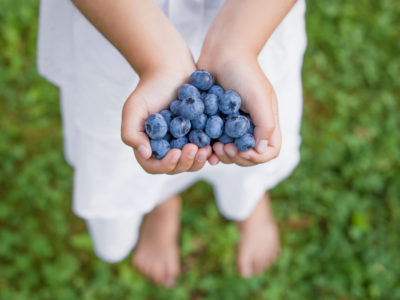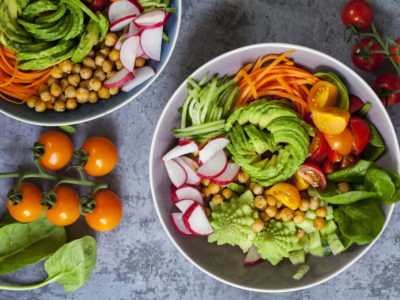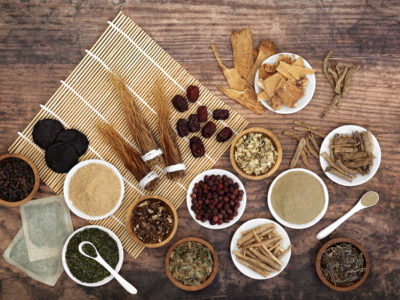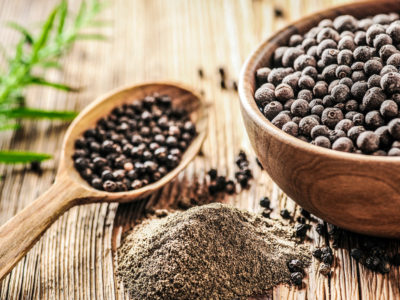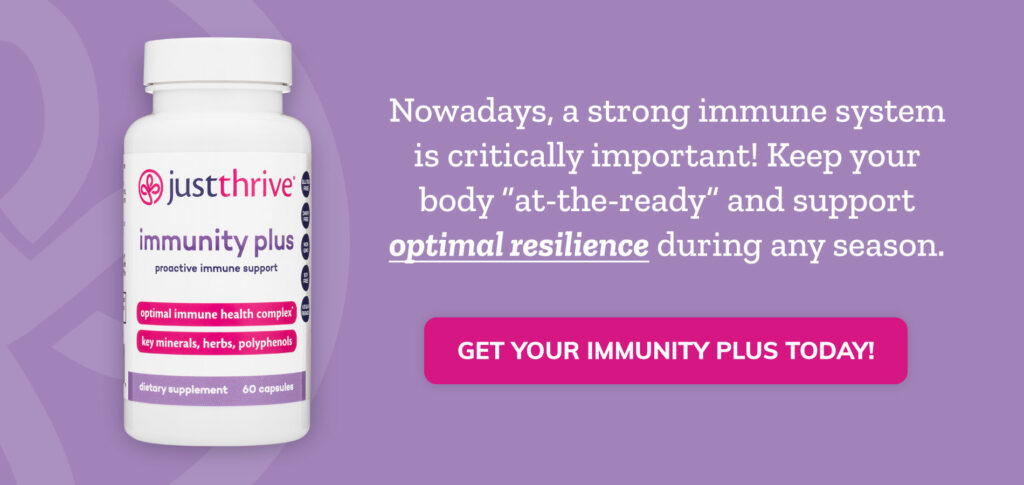Table of Contents[Hide][Show]
- What Are Polyphenols?
Top 10 High Polyphenol Foods+−
- 1. Berries (1,700 mg per 100 g)
- 2. Cocoa Powder and Dark Chocolate (3,448 mg per 100 g)
- 3. Capers (645 mg per 100g)
- Genius Foods – 7 Superfoods For Brain Health
- 4. Black Olives (569 mg per 100g)
- 5. Nuts (495 mg per 100 g)
- 6. Plums (377 mg per 100 g)
- 7. Sweet Cherries (274 mg per 100 g)
- 8. Cloves (15,188 mg per 100 g)
- Probiotic Tea: Everything You Need to Know
- 9. Dried Peppermint (11,960 mg per 100 g)
- 10. Star Anise (5,460 mg per 100 g)
What Are Polyphenols?
Polyphenols are micronutrients that are found in many plants and known to be effective antioxidants and beneficial to human health.
An abundant body of research has proven that the antioxidative properties of polyphenols help prevent heart diseases, type 2 diabetes, cancers, osteoporosis, and neurodegenerative diseases. This is due to the fact that the antioxidant properties of polyphenols are able to neutralize free radicals that can damage cells and lead to serious illness.
There are four main types of polyphenols; they are:
- Flavonoids – These make up 60% of all polyphenols. They include catechins, quercetin, flavonols, isoflavones, and flavones. The highest levels of these are typically found in dark chocolate, apples, cabbage, artichokes, soybeans, grapefruit, pomegranates, and red onions.
- Phenolic Acids – These account for 30% of polyphenols. They include stilbenes and lignans which can be found in legumes, seeds, and most fruits and vegetables.
- Polyphenolic Amides – Foods high in this type of polyphenol include capsaicinoids in chili peppers and avenanthramides in oats.
- Other – These include curcumin in turmeric, resveratrol in red wine, and lignans in flax seeds, sesame seeds, and whole grains.
Top 10 High Polyphenol Foods
Let’s now take a look at the 10 best polyphenol foods you should start eating more of and what they can do for your health.
1. Berries (1,700 mg per 100 g)
Berries are some of the best polyphenol-rich foods you can eat, which make them the perfect snack to munch on or an ideal addition to your cereal or fruit shake.
Which berries should you stock up on?
The ultimate winner is the black chokeberry, which contains an impressive 1,700 mg polyphenol per 100 grams. It is also very rich in the compound anthocyanins which is known for its antioxidant effects.
The first runner up is the black elderberry containing 1,359 mg polyphenols per 100 grams. While it’s a bit difficult to eat, it is a versatile ingredient you can add in syrups, teas, jellies, and even the famous elderberry pies.
The second runner-up is blackcurrant, which contains 758 mg polyphenols per 100 grams. Based on research, the polyphenols found in blackcurrant berries have the capacity to help individuals dealing with obesity and its complications.
Other berries to look out for are the highbush blueberries, which contain 560 mg polyphenols per 100 grams. For the same serving of blackberries, strawberries, and red raspberries, you get 360 mg, 235 mg, and 215 mg polyphenols, respectively.
Overnight Berry Oats Recipe
Eating overnight berry oats for breakfast is a simple way to add berries in your polyphenol diet. Here’s how:
- Mix rolled oats, Greek yogurt, and milk (use nut milk for extra polyphenols—see #5) or water in a small jar.
- Add a palmful of berries and a few slices of banana in the jar.
- Mix it well.
- Put in the fridge and let it rest overnight.
2. Cocoa Powder and Dark Chocolate (3,448 mg per 100 g)
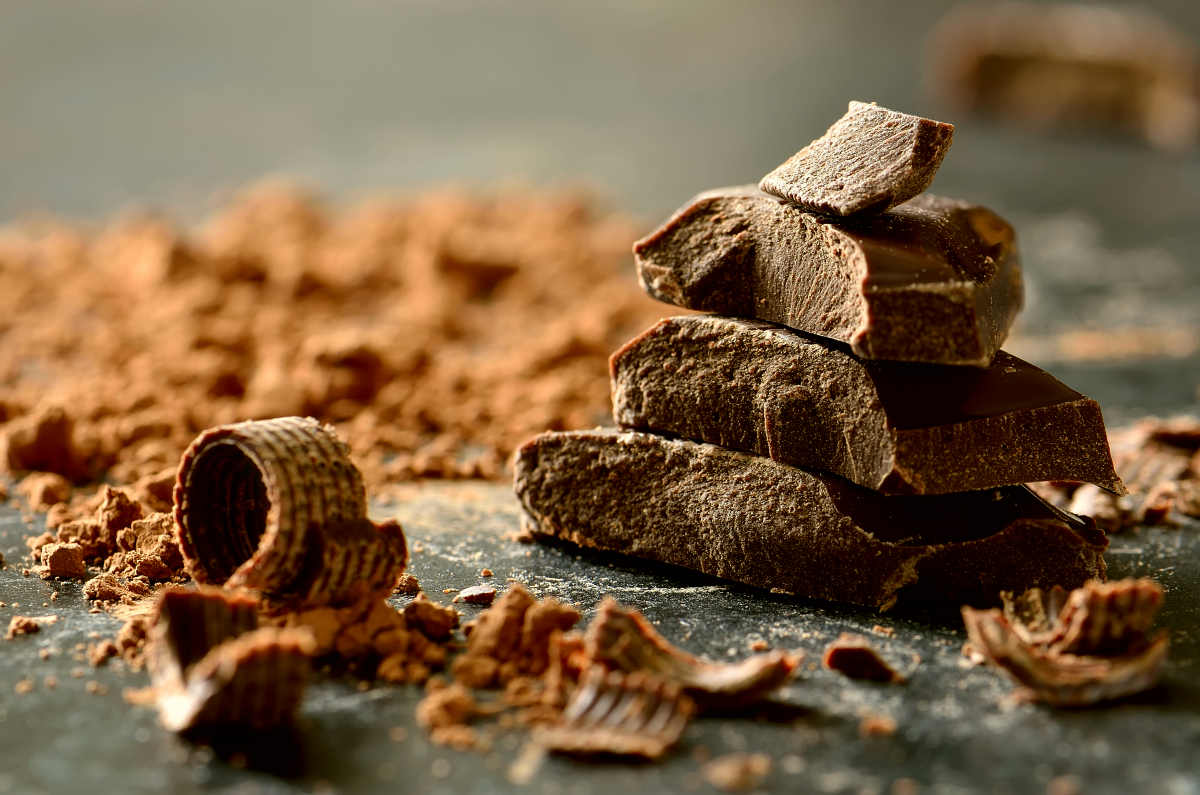
This is certainly good news to all the chocolate lovers out there. You can munch on dark chocolate without any guilt due to its high polyphenol content.
This is because cocoa powder is ranked as the fourth highest polyphenol food with 3,448 mg per 100 grams of cocoa powder.
Of course, cocoa powder plays a huge role in the dark chocolate’s polyphenol content, which is 1,664 mg per 100 grams. Do take note, though, that not all dark chocolates are created equally.
When buying dark chocolate, look for one with 85% cocoa to really get the health benefits. If finding this is hard, you can opt for 70% cocoa instead.
3. Capers (645 mg per 100g)
You’d be surprised to know that capers contain high levels of flavonoid polyphenols, too! This pea-sized condiment actually contains 645 mg polyphenols per 100 grams.
People who like capers enjoy their salty taste, which they use to replace salt in some meals. Some people like eating them raw and adding them to a salad.
Other ways to eat capers include mixing it with olive oil and Parmesan cheese as a dip for pita, or you can eat them with salmon sashimi.
Related
Genius Foods – 7 Superfoods For Brain Health
What do blueberries, almonds, and dark chocolate all have in common? Aside from tasting great, scientists categorize them as superfoods for brain health! Learn more about genius foods you should be eating.
4. Black Olives (569 mg per 100g)
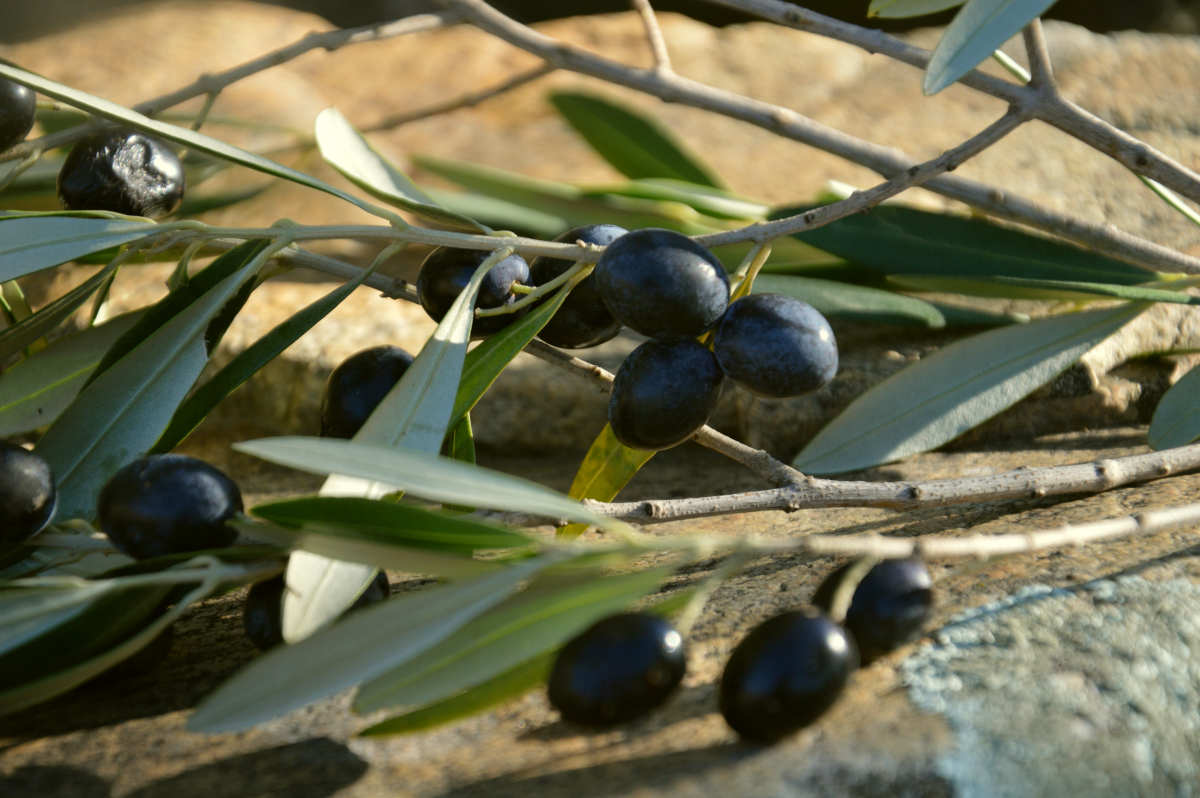
Next to capers are black olives. Not only are black olives rich in polyphenols, but they also boast of high monounsaturated fat content.
Black olives are helpful in reducing blood pressure and inflammation. You can eat them raw or use them as an ingredient in salads, pasta, pizzas, and tapenades.
What about green olives, you ask? Green olives have 346 mg per 100 g.
Some people believe black and green olives are totally different from each other . In reality, black olives are ripe olives while green olives are unripe.
5. Nuts (495 mg per 100 g)
Nuts are great for snacking because they’re high in protein and have high polyphenol content, too, whether they’re eaten raw or roasted.
Hazelnuts contain the highest polyphenol content, which is 495 mg per 100 g. Hazelnut is often used in syrups, coffee, soups, and chocolates.
Closely behind is the pecan nut, which contains 493 mg per 100 g. Pecan nuts are well-loved since they’re so rich in flavonoids; the pecan is both nutrient- and energy-dense.
If you like almonds, go ahead and grab a handful. Almonds contain 187 mg polyphenols per 100 g, not bad at all!
6. Plums (377 mg per 100 g)
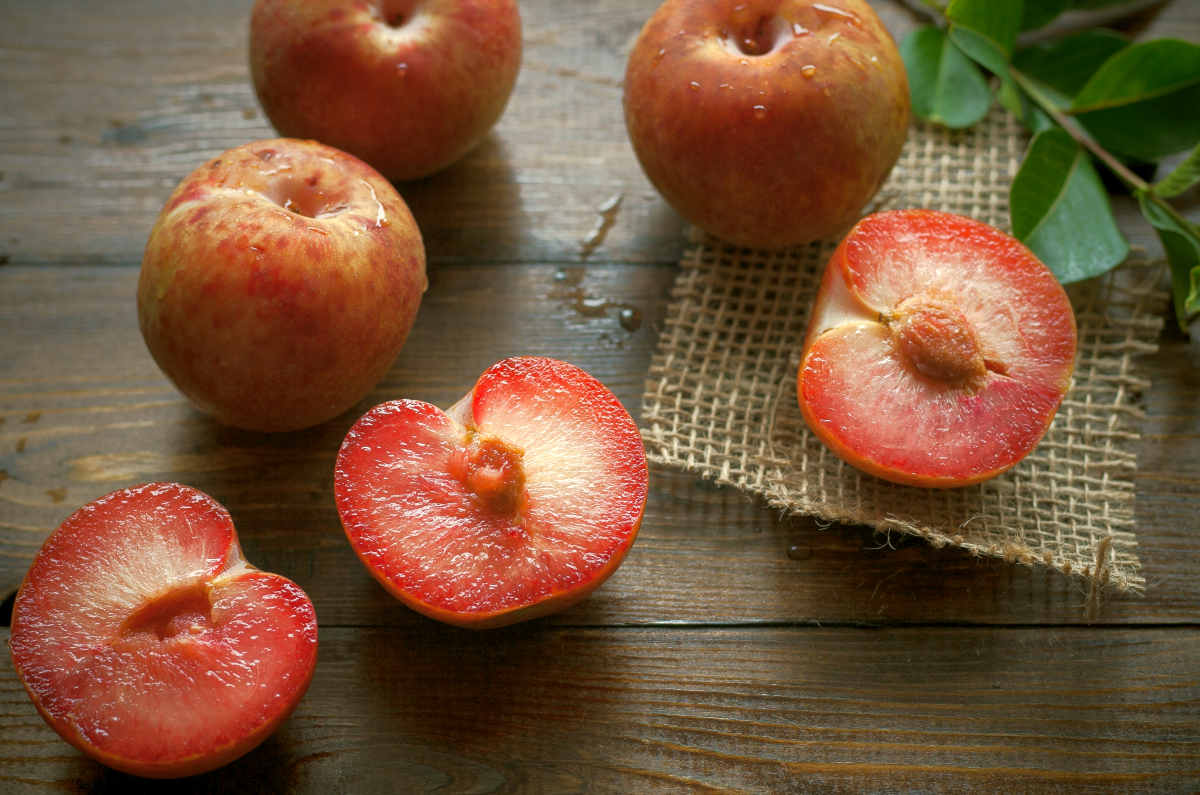
These small, purple stone fruits are rich in polyphenols, anthocyanin flavonoids, and flavanols. Plums have the highest polyphenol content of any non-berry fruit.
Plums contain 377 mg polyphenols per 100 g. They taste sweet and contain a good amount of vitamin C as well for an extra immune boost.
So if you want to take a break from berries, feel free to grab a plum. They are abundantly available in grocery stores and farmers markets in the summertime.
7. Sweet Cherries (274 mg per 100 g)
Scientists have proven that adding sweet or tart cherries to your polyphenol diet can promote health. The antioxidant properties of cherry polyphenols decrease markers of inflammation, high blood pressure, and arthritis.
Eating a serving of cherries can be a good snack if you want to keep healthy. Here’s a simple recipe to add to your polyphenol diet:
- Cook a quarter cup of oatmeal with one cup of almond milk.
- Once it simmers, set it aside.
- Mix in maple syrup, cinnamon, and salt in the mixture.
- Finally, fold in the cherries.
- Serve in a bowl for a healthy start to the day.
8. Cloves (15,188 mg per 100 g)
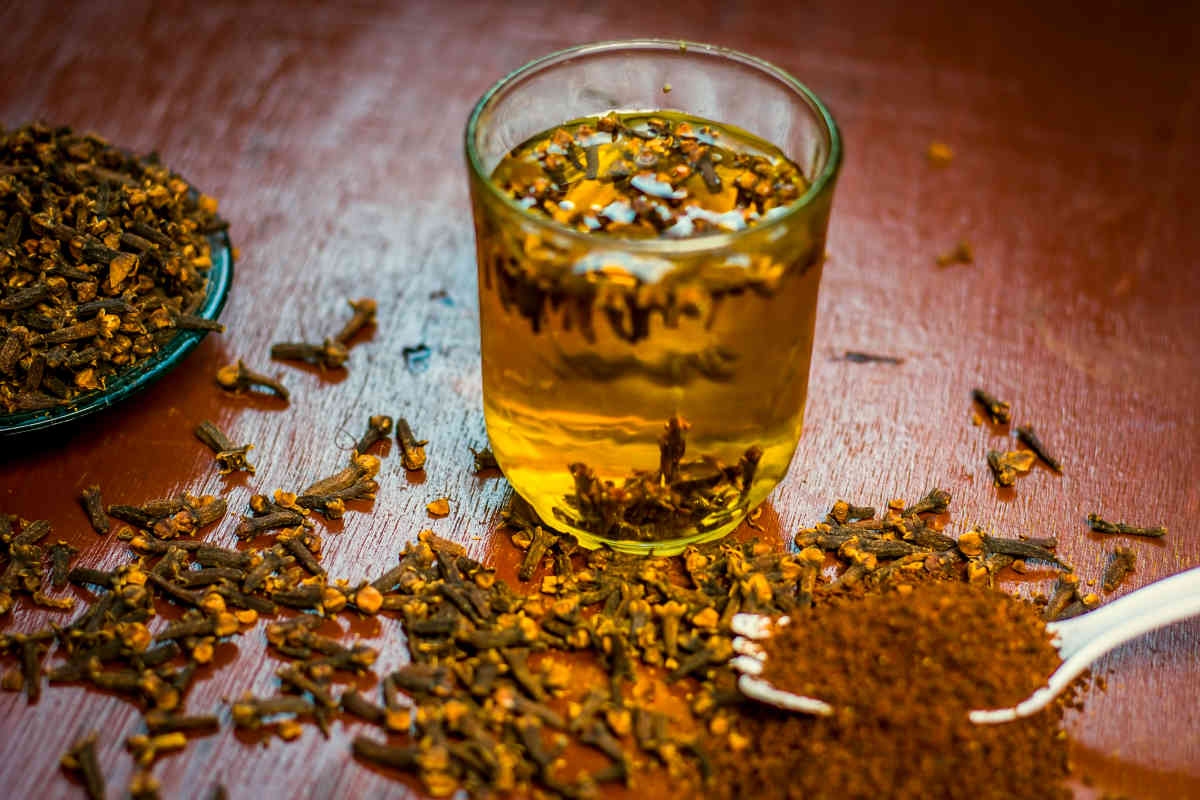
A clove, not to be mistaken for garlic cloves, is a dried flower bud from the Myrtaceae tree family. It is a popular flavoring spice which happens to contain the highest polyphenol content.
It contains a whopping 15,188 mg of polyphenol per 100 g of cloves. These brown wooden sticks may not look appetizing at first but adding it to your meals guarantees you get your share of polyphenols.
The taste is a mix of bitter, warm, spicy, and has a tinge of sweetness. You have to use it sparingly though as the taste can be overpowering.
Clove is very complimentary to other spices such as cinnamon, star anise (see #10), nutmeg, ginger, and cardamom and goes well in chai tea, certain baked goods, and savory dishes.
Related
Probiotic Tea: Everything You Need to Know
In this post, we’ll answer all your questions about probiotic tea, including what’s in it and how it can support both the digestive system and immune health.
9. Dried Peppermint (11,960 mg per 100 g)
You might not believe this, but dried peppermint leaves contain 11,960 mg polyphenols per 100 g!
Peppermint is actually a hybrid of watermint and spearmint. You can enjoy it in many ways, like drinking peppermint tea.
If you can grow your own peppermint herb at home, that is best as it ensures you’re getting only the freshest peppermint leaves.
10. Star Anise (5,460 mg per 100 g)
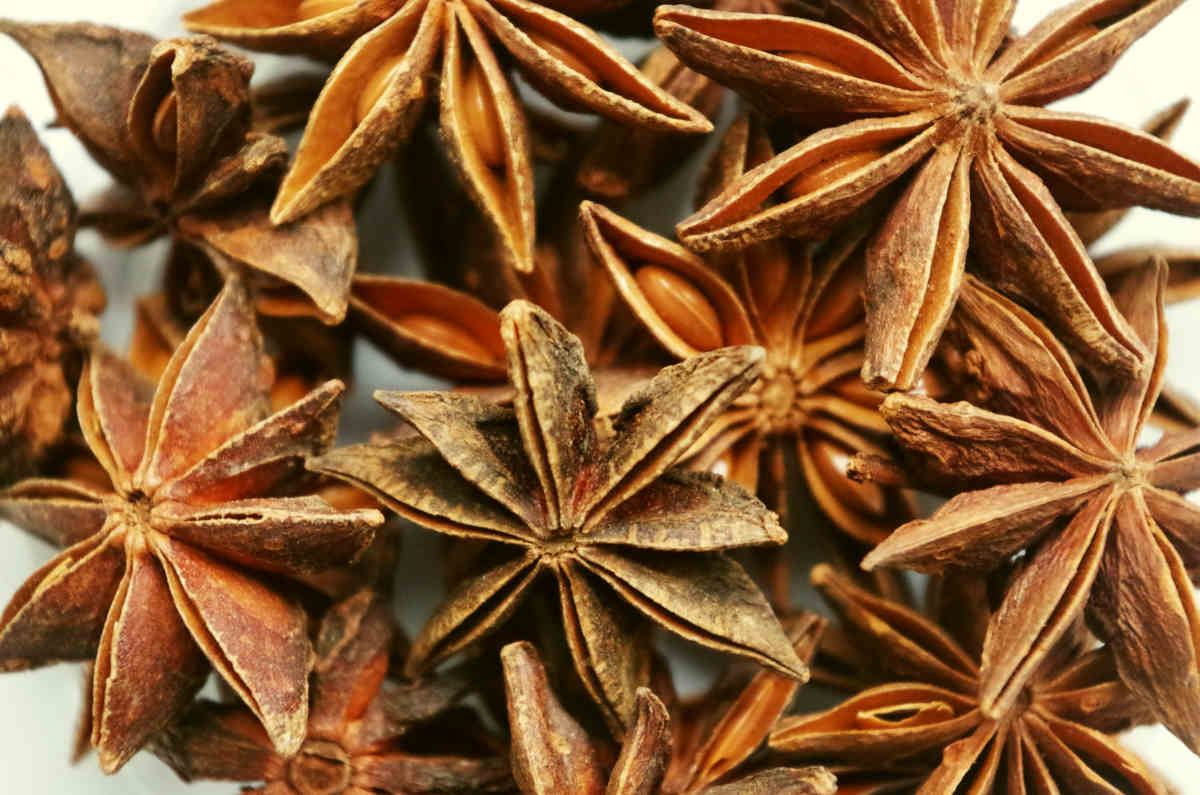
A spice you don’t want to miss out on is star anise. It contains 5,460 mg per 100 g.
Star anise is actually the fruit of a small evergreen tree in the magnolia family. It’s picked unripened, then dried. It has a licorice flavor and is one of the main components of authentic Chinese five spice.
You can use star anise to make a cup of tea or add it as a spice in meals like soups, broths, and stews. It’s great for savory recipes and always tastes good with meat.
Polyphenol Drinks to Pair with Your Food
Red Wine (101 mg per 100 ml)
Red wine is a known source of antioxidants, but that’s because it’s so high in polyphenols. Rose and white wine also have a decent polyphenol intake, but it’s not quite as high as red wine.
As if you needed more reasons to drink a glass of wine, red wine specifically (in moderation!) is good for the heart as it can help lower cholesterol, regulate blood sugar levels, keep your memory sharp, and even promote weight loss by reducing body fat cells. Cheers to that!
Green Tea (89 mg/100 ml) & Black Tea (102 mg/100 ml)
Both of these teas provide all the anti-oxidant and anti-inflammatory health benefits of polyphenols. They are also great, healthy alternatives to caffeine to help get you through the day. These teas are also especially helpful in treating digestive disorders.
Activate the key supporters of your immune health and protection.
Discover the polyphenol power player that contains 3x more antioxidant power than both red wine and green tea.
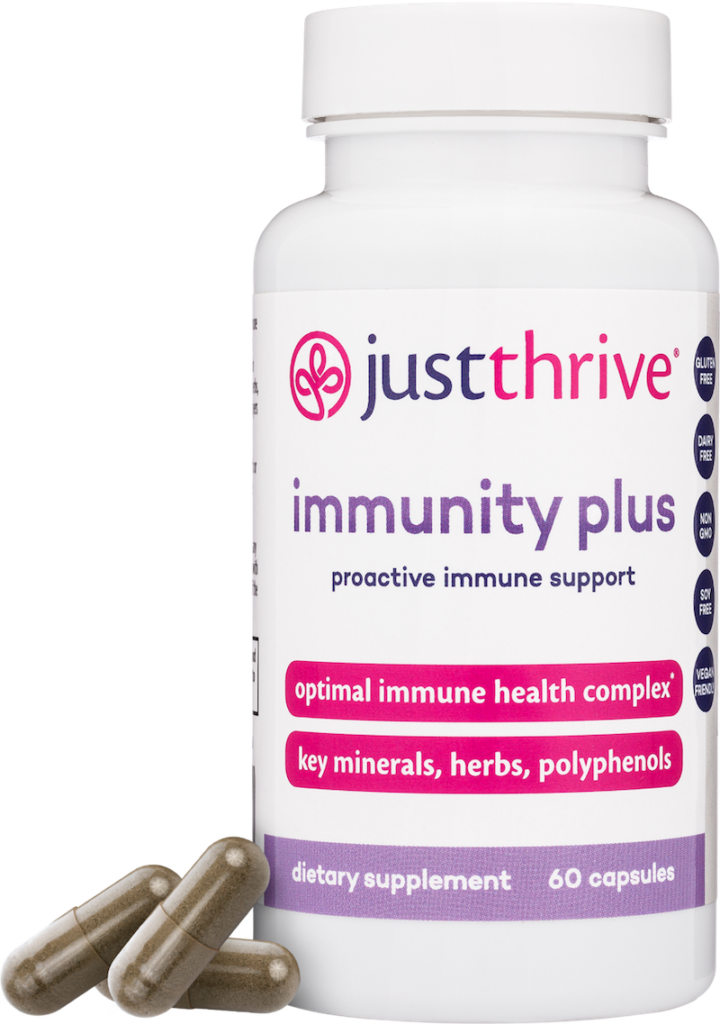
Final Thoughts
A lot of the chronic diseases people suffer from today can be avoided with a healthier lifestyle. Daily nutritional polyphenol consumption is just a great way to get you on your path to living well.
A proper diet should always be paired with regular exercise and the guidance of your physician. Ultimately, the key to feeling your best is to prioritize your health.
You May Also Like…
Editor’s Note: This post was originally published on April 8, 2019, and has been updated for quality and relevancy most recently on July 30, 2021.

